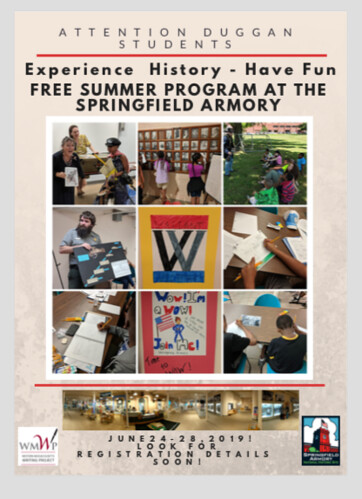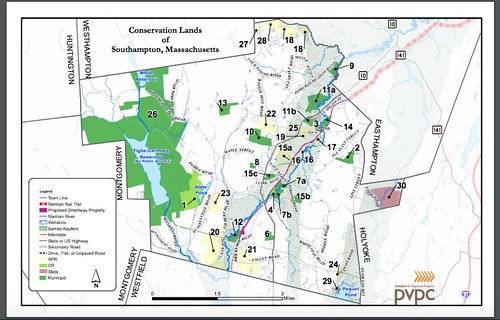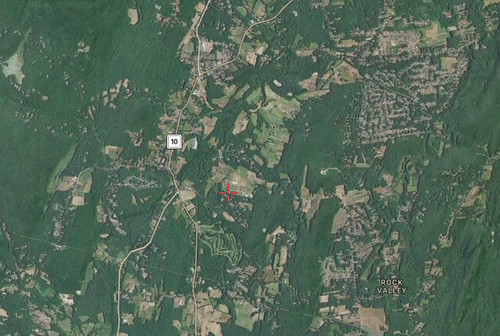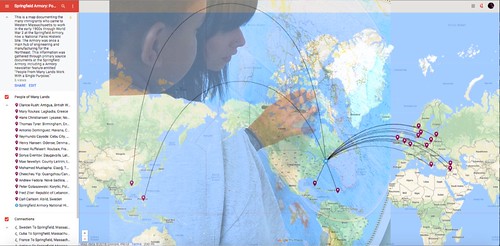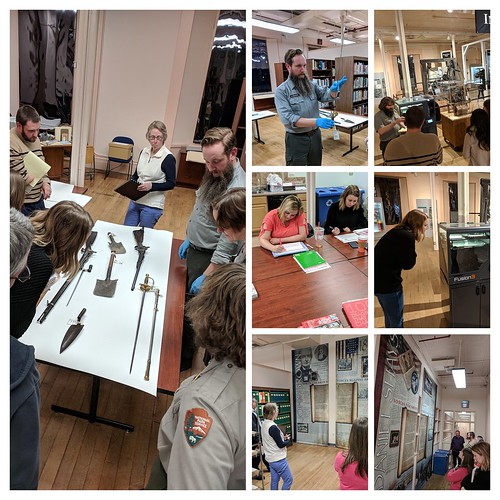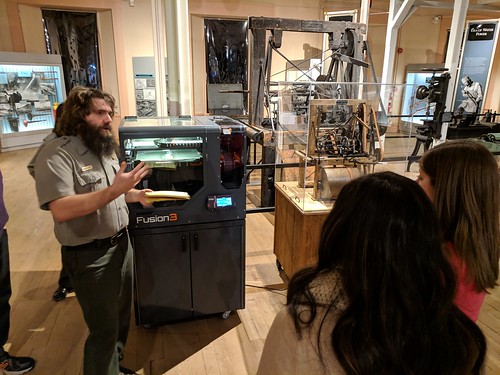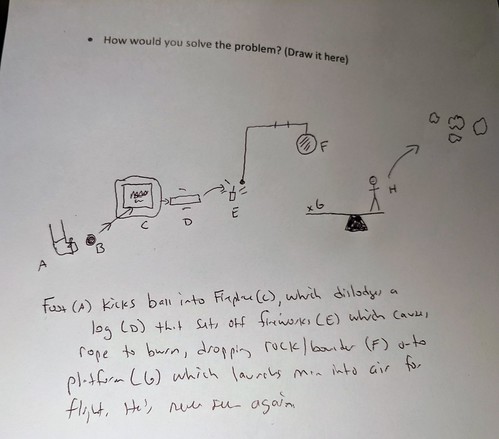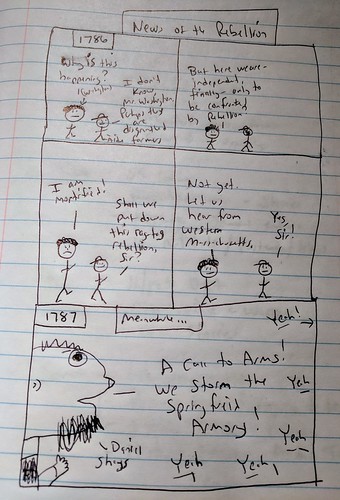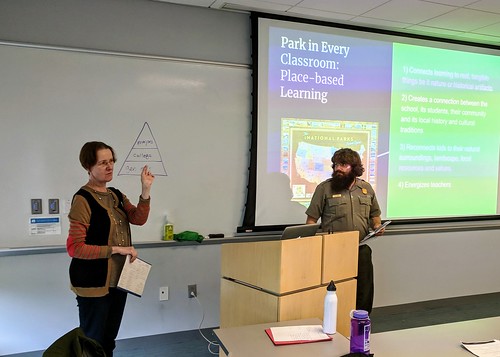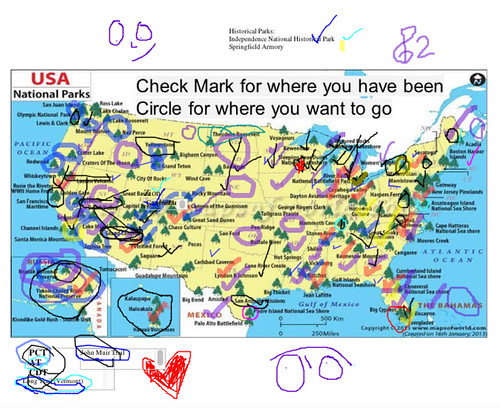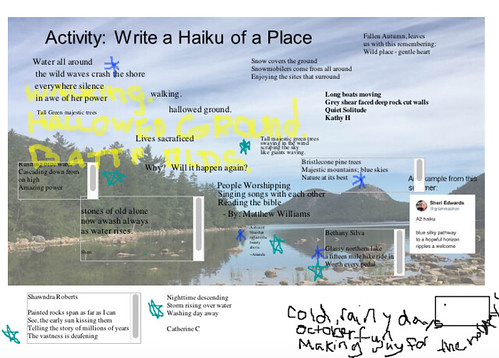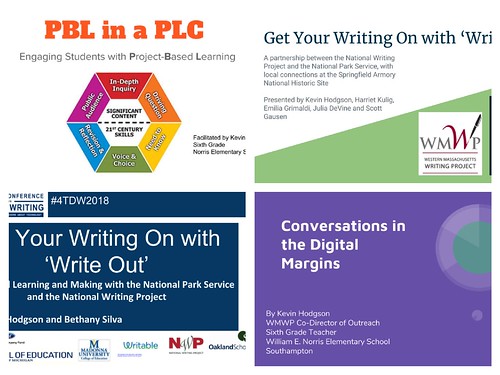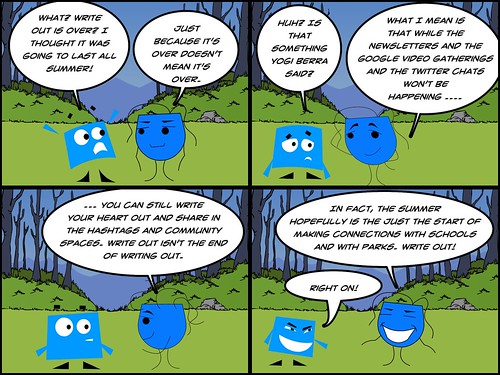The other day, I helped gather together another team of teachers together for another year of offering a free summer camp for middle school students at the Springfield Armory National Historic Site — as part of an ongoing partnership between the Western Massachusetts Writing Project, the Springfield Armory and the City of Springfield school district (focused on a social justice magnet school in Springfield).
This will be my third year as main facilitator of the camp — which we call Minds Made for Stories — and the sixth year of the camp itself, which has been funded over the years through a variety of support from the National Writing Project and the National Park Service, and other local organizations. This year, with no grants and with worries that there might be no camp, the Duggan Middle School in Springfield and the Springfield Armory itself stepped up to fund the work, and I am very grateful.
The week-long camp takes place at the end of June at the Armory itself, and each year, we change the themes of the experience for the participants. We also have new folks from the middle school involved, as a way to provide more professional development to more teachers.
This year, we are using “Seasons and Maps” as our hook, with each day focused on a season and a historical theme (such as Autumn: Pearl Harbor and Winter: Shays Rebellion), while we work different kinds of mapping activities through the week to visualize history (such as mapping out the immigrant journeys to Springfield during the heydays of the Armory as the main manufacturing center for the US government). Our goal is to publish a Zine of student work at the end of camp.
At our planning session, we did our own mapping — charting out each day’s main events along themes, taking on responsibilities, tasking each of us with some different elements, and after two hours, the camp really took shape.
Now I just need to get through the school year (3 1/2 weeks left!) and then it is right into summer camp.
Peace (in planning),
Kevin
